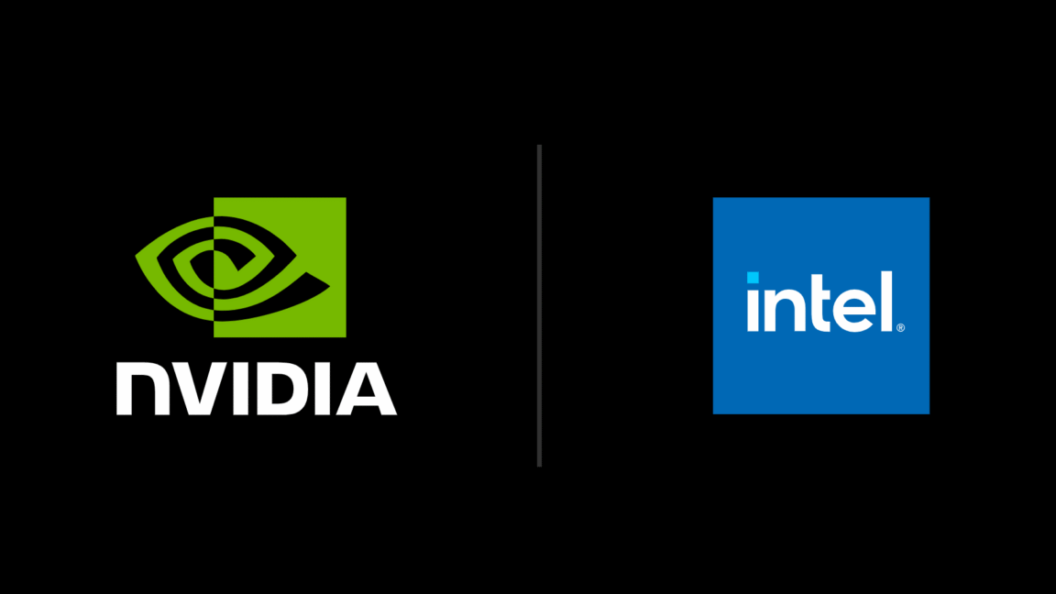iPhone Air Teardown Reveals Design Innovations and Battery Details
Introduction
The launch of the iPhone Air has sparked significant interest, particularly in the realm of smartphone design and functionality. Following the customary practice, iFixit has conducted a comprehensive teardown of the device, unveiling key insights about its internal structure and the innovations that set it apart from its predecessors. This analysis provides a glimpse into the technical advancements Apple has incorporated, as well as improvements aimed at addressing previous design flaws.
Key Design Features
The teardown revealed that crucial components, such as the entire logic board, are strategically clustered at the top of the iPhone Air. This placement marks a departure from earlier models where components were more evenly distributed, helping to streamline the device’s interior layout. Most of the middle section and body of the phone is dedicated to housing a substantial battery, which plays a pivotal role in the phone’s performance.
Battery Insights
iFixit identified that the battery in the iPhone Air is identical to that of Apple’s iPhone Air MagSafe battery pack. This compatibility indicates a thoughtful design choice, allowing users to swap batteries easily, thereby enhancing usability and convenience. The battery occupies approximately two-thirds of the device, an aspect that not only maximizes power capacity but also helps resolve durability issues observed in previous iPhone models.
Addressing Previous Design Issues
The design of the iPhone Air seems to address concerns stemming from what has been dubbed "Bendgate," a controversy that arose with earlier, slimmer iPhones. Bendgate was characterized by reports of devices bending under pressure, primarily affecting the logic board located in the middle of the phone. In the new design, relocating the logic board to the top reduces the likelihood of damage due to bending stresses. The enhanced resilience of the battery further mitigates this risk, suggesting that Apple has learned from past criticisms to improve the durability of its devices.
Controversies and Disputed Claims
While the teardown has generated positive feedback regarding the iPhone Air’s design, it is essential to recognize that Apple’s innovation remains a topic of discussion among tech enthusiasts. Some critics argue that despite the design improvements, the company’s consistent push for thinner devices compromises overall durability. As consumers weigh the merits of aesthetic appeal against functional reliability, the debate over the best balance between design and sturdiness continues.
Conclusion
The teardown of the iPhone Air reveals not only a thoughtful reconfiguration of internal components but also highlights Apple’s commitment to addressing previous design flaws while steering clear of the issues that have plagued past models. By successfully integrating a robust battery system and optimizing the layout to enhance durability, the iPhone Air sets a new standard for future releases. This evolution in design reflects the ongoing trend in the smartphone industry towards marrying performance with practicality, potentially influencing competitor strategies in the ever-competitive tech market. The upcoming consumer response will be critical in determining whether these innovations resonate widely, further shaping the future of smartphone design.










